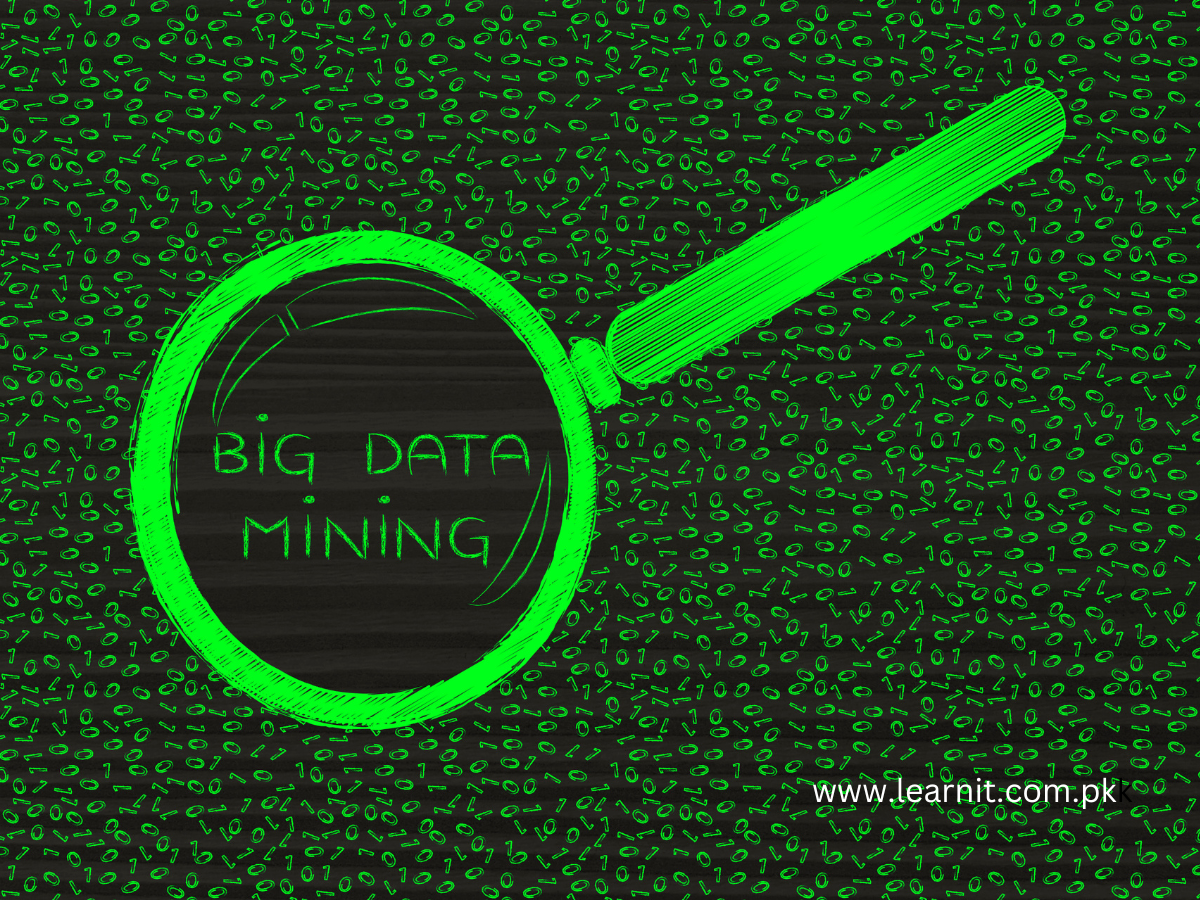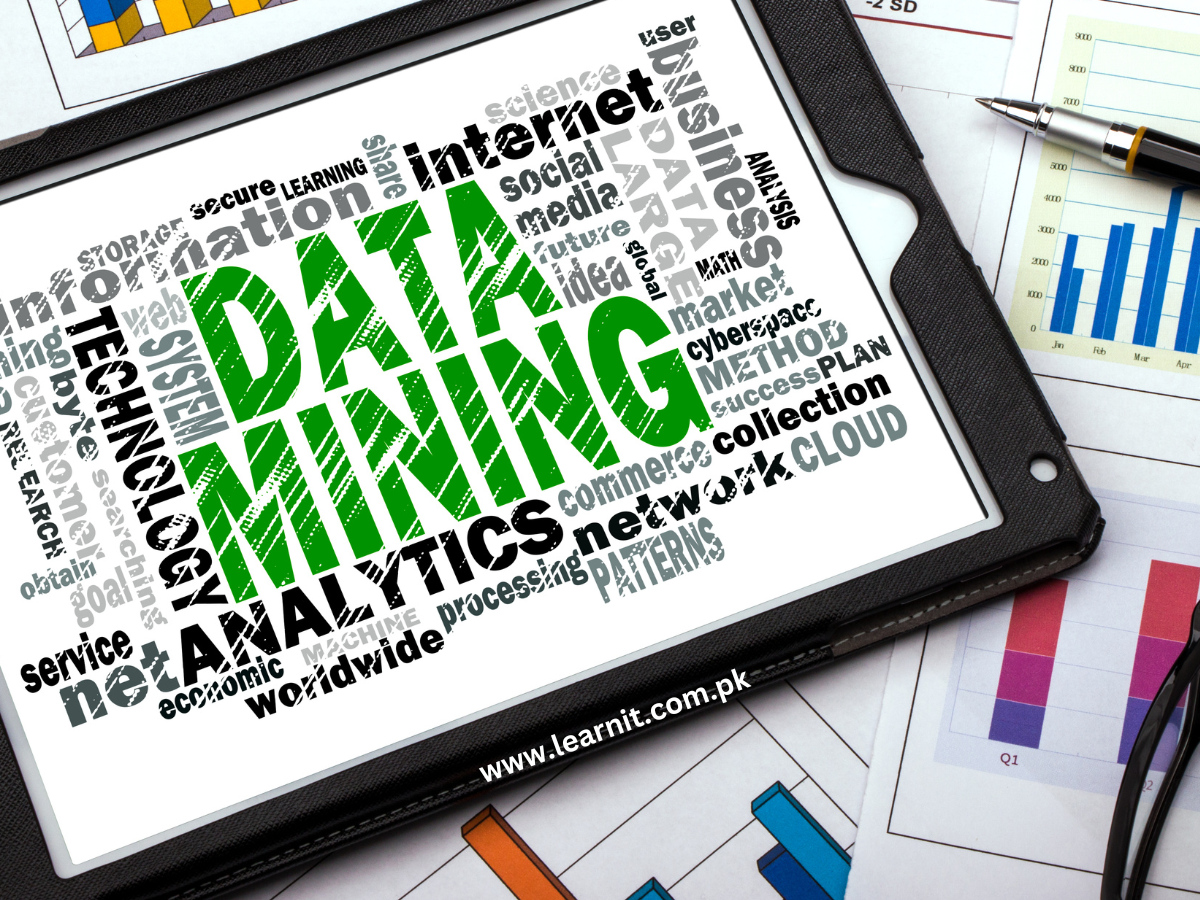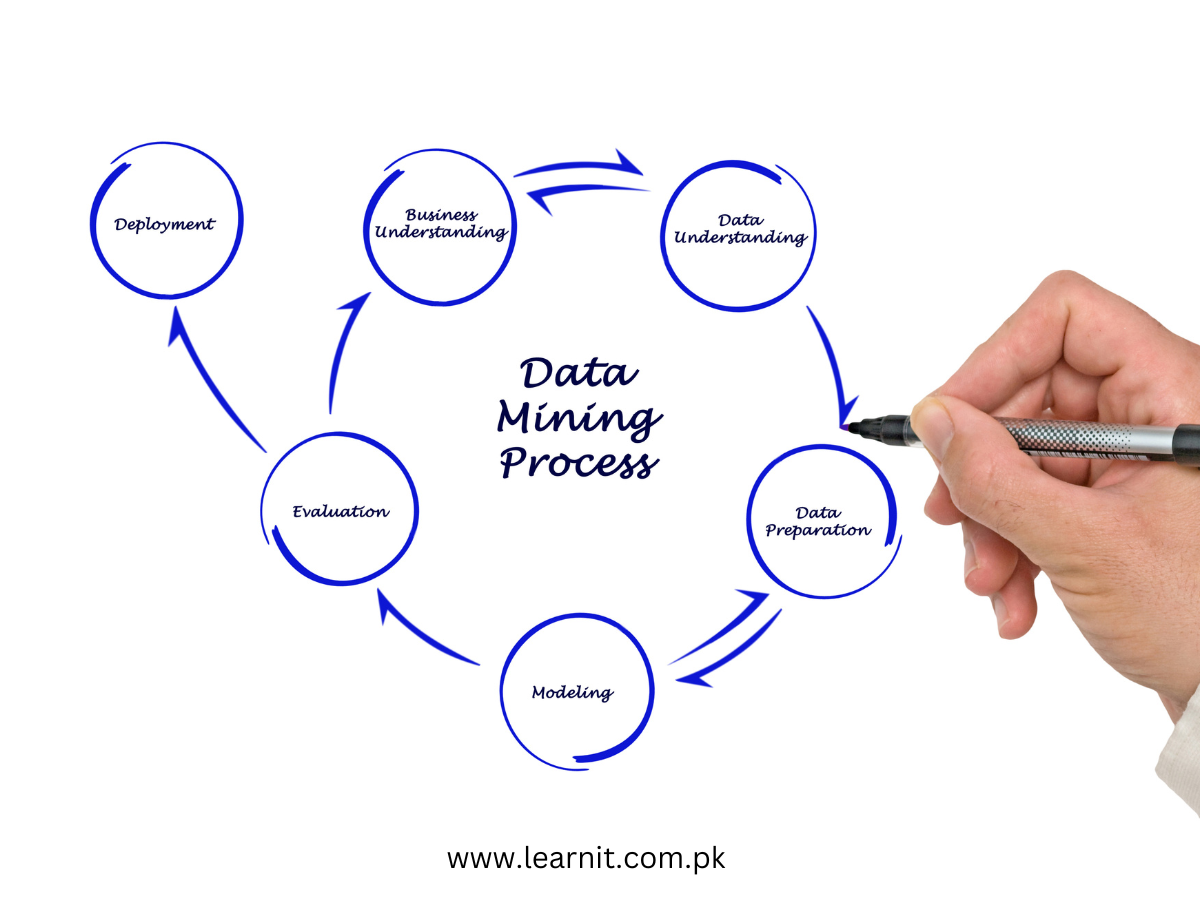13 best technologies used for data mining in 2023?


Data mining has become an essential tool in today’s data-driven landscape, enabling businesses and researchers to extract valuable insights from vast and complex datasets. To accomplish this feat, data mining relies on a range of cutting-edge technologies that facilitate the exploration, analysis, and interpretation of data patterns. From powerful algorithms to advanced data visualization tools, these technologies play a pivotal role in transforming raw data into actionable knowledge. In this article, we will embark on a captivating journey through the technologies that underpin data mining, exploring their significance and real-life examples showcasing their practical applications across various domains.
Machine Learning Algorithms:
- Introduction: Machine learning algorithms form the backbone of data mining, enabling the automatic learning of patterns and relationships within data.
- Real-life Example: Image recognition systems use machine learning algorithms to identify objects, faces, and scenes from images, as seen in facial recognition systems used for security purposes.
Classification Algorithms:
- Introduction: Classification algorithms categorize data into predefined classes or labels based on training data.
- Real-life Example: Email spam filters use classification algorithms to determine whether incoming emails are spam or legitimate messages, enhancing email security and user experience.
Clustering Algorithms:
- Introduction: Clustering algorithms group similar data points into clusters based on common attributes.
- Real-life Example: Market researchers use clustering algorithms to segment customers into distinct groups with similar purchasing behaviors, enabling targeted marketing campaigns.
Regression Algorithms:
- Introduction: Regression algorithms predict numeric values based on existing data patterns.
- Real-life Example: In finance, regression algorithms predict stock prices based on historical market data, aiding investors in making informed decisions.
Association Rule Mining:
- Introduction: Association rule mining discovers relationships between items frequently co-occurring in transactions or datasets.
- Real-life Example: Online retailers use association rule mining to recommend related products to customers based on their purchase history.
Sequential Pattern Mining:
- Introduction: Sequential pattern mining identifies temporal associations between events or transactions.
- Real-life Example: E-commerce platforms use sequential pattern mining to recommend products to customers based on their browsing and purchase history.
Text Mining Tools:
- Introduction: Text mining tools analyze and extract insights from unstructured text data.
- Real-life Example: Sentiment analysis tools analyze customer reviews to determine the sentiment towards a product or service, helping businesses understand customer opinions.
Natural Language Processing (NLP):
- Introduction: NLP technology enables computers to understand, interpret, and generate human language.
- Real-life Example: Virtual assistants like Siri and Alexa use NLP to understand and respond to user queries, making human-computer interactions more natural and intuitive.
Data Visualization Tools:
- Introduction: Data visualization tools present complex data in a visually appealing and easy-to-understand format.
- Real-life Example: Business dashboards use data visualization to display key performance indicators and trends, aiding executives in making data-driven decisions.
Big Data Technologies:
- Introduction: Big data technologies handle large volumes of data, making data mining feasible at scale.
- Real-life Example: Social media platforms analyze massive amounts of user data using big data technologies to personalize content and advertisements.
Distributed Computing:
- Introduction: Distributed computing enables parallel processing of data, expediting data mining tasks.
- Real-life Example: Search engines use distributed computing to process and index vast amounts of web pages, providing fast and accurate search results.
Cloud Computing:
- Introduction: Cloud computing provides scalable and cost-effective data storage and processing capabilities for data mining tasks.
- Real-life Example: Data-intensive industries like genomics use cloud computing to store and analyze large-scale genetic data, advancing medical research.
Data Warehousing:
- Introduction: Data warehousing centralizes data from multiple sources, facilitating data mining and analysis.
- Real-life Example: Retail chains use data warehousing to consolidate data from various stores, enabling comprehensive sales analysis and inventory management.
In-Memory Data Processing:
- Introduction: In-memory data processing stores data in RAM for faster access and analysis.
- Real-life Example: Financial institutions use in-memory data processing to perform real-time analysis of market data, enabling quick decision-making in trading.
Web Crawling and Scraping:
- Introduction: Web crawling and scraping extract data from websites for analysis and mining.
- Real-life Example: Price comparison websites use web crawling to gather product information from various online retailers, helping consumers find the best deals.
Parallel Processing:
- Introduction: Parallel processing divides data mining tasks into smaller subtasks, accelerating the analysis process.
- Real-life Example: Climate scientists use parallel processing to simulate and analyze climate models, enabling faster climate change research.
Data Preprocessing Tools:
- Introduction: Data preprocessing tools clean, transform, and prepare data for mining.
- Real-life Example: Data scientists use data preprocessing tools to handle missing values and normalize data before training machine learning models.
Data Integration Technologies:
- Introduction: Data integration technologies combine data from multiple sources for comprehensive analysis.
- Real-life Example: Healthcare providers integrate electronic health records from various departments to gain a unified view of patient health data.
Data Mining APIs:
- Introduction: Data mining APIs provide access to pre-built algorithms for easy integration into applications.
- Real-life Example: Social media platforms offer data mining APIs to developers, allowing them to access and analyze social media data for research and marketing.
Genetic Algorithms:
- Introduction: Genetic algorithms mimic the process of natural selection to optimize data mining tasks.
- Real-life Example: Genetic algorithms are used to optimize the parameters of machine learning models, leading to better model performance.
Neural Networks:
- Introduction: Neural networks mimic the human brain’s learning process and are used for complex data mining tasks.
- Real-life Example: Autonomous vehicles use neural networks for image recognition, enabling them to identify and respond to objects on the road.
Time Series Analysis Tools:
- Introduction: Time series analysis tools analyze data over time to identify trends and patterns.
- Real-life Example: Stock traders use time series analysis tools to forecast market trends and make investment decisions.
Business Intelligence (BI) Tools:
- Introduction: BI tools offer advanced data analysis and visualization capabilities for business users.
- Real-life Example: Retail chains use BI tools to track sales performance, identify top-selling products, and optimize inventory management.
Data Mining Frameworks:
- Introduction: Data mining frameworks provide a structured approach to data mining tasks.
- Real-life Example: Data mining frameworks like Apache Spark facilitate large-scale data analysis in distributed environments.
Deep Learning Libraries:
- Introduction: Deep learning libraries provide tools and algorithms for training complex neural networks.
- Real-life Example: Healthcare researchers use deep learning libraries to analyze medical images for disease diagnosis.
Simulations and Modeling:
- Introduction: Simulations and modeling simulate real-world scenarios for data mining experimentation.
- Real-life Example: Climate scientists use simulations to model the effects of climate change on ecosystems and predict future climate patterns.
Predictive Analytics Tools:
- Introduction: Predictive analytics tools forecast future events based on historical data patterns.
- Real-life Example: Retailers use predictive analytics to forecast demand for products, ensuring optimal inventory levels.
Pattern Recognition Algorithms:
- Introduction: Pattern recognition algorithms identify patterns in data to make decisions or predictions.
- Real-life Example: Banks use pattern recognition algorithms to detect fraudulent transactions and prevent financial losses.
Sentiment Analysis Tools:
- Introduction: Sentiment analysis tools analyze emotions and opinions in text data.
- Real-life Example: Marketing teams use sentiment analysis tools to gauge customer sentiment towards their brand and adjust campaigns accordingly.
Association Rule Mining Software:
- Introduction: Association rule mining software helps discover relationships between items in large datasets.
- Real-life Example: Market analysts use association rule mining software to identify popular product bundles for cross-selling and upselling.
These 30 technologies form the technological backbone of data mining, unlocking a realm of possibilities for businesses, researchers, and industries to derive valuable insights and drive data-driven decision-making. Embracing these technologies empowers organizations to make well-informed choices, optimize processes, and uncover hidden patterns that elevate them to new heights of success in today’s data-driven world.





One Comment